Some creatures are just way tougher than they look, and WAY tougher than us. This is an informative list of some creatures that can withstand crazy amounts of radiation, and survive nuclear bombs!
It’s 2020, political tensions are rising, implied war declarations have been made, subsequent memes regarding the same have been made and we’re being pretty nihilistic and carefree about this? It’s only appropriate then to give a shout-out to the creatures that can actually afford to be carefree because they won’t even mind if they get caught in a nuclear war. These creatures are, for the lack of a better way to put it - STURDY AS HECK. These animals can survive bizarre amounts of radiation or starvation (or both), letting us know that in case the whole planet does get caught up in a messy nuclear porridge, the earth will still be quite inhabitable and life will carry on.
1. Cockroaches
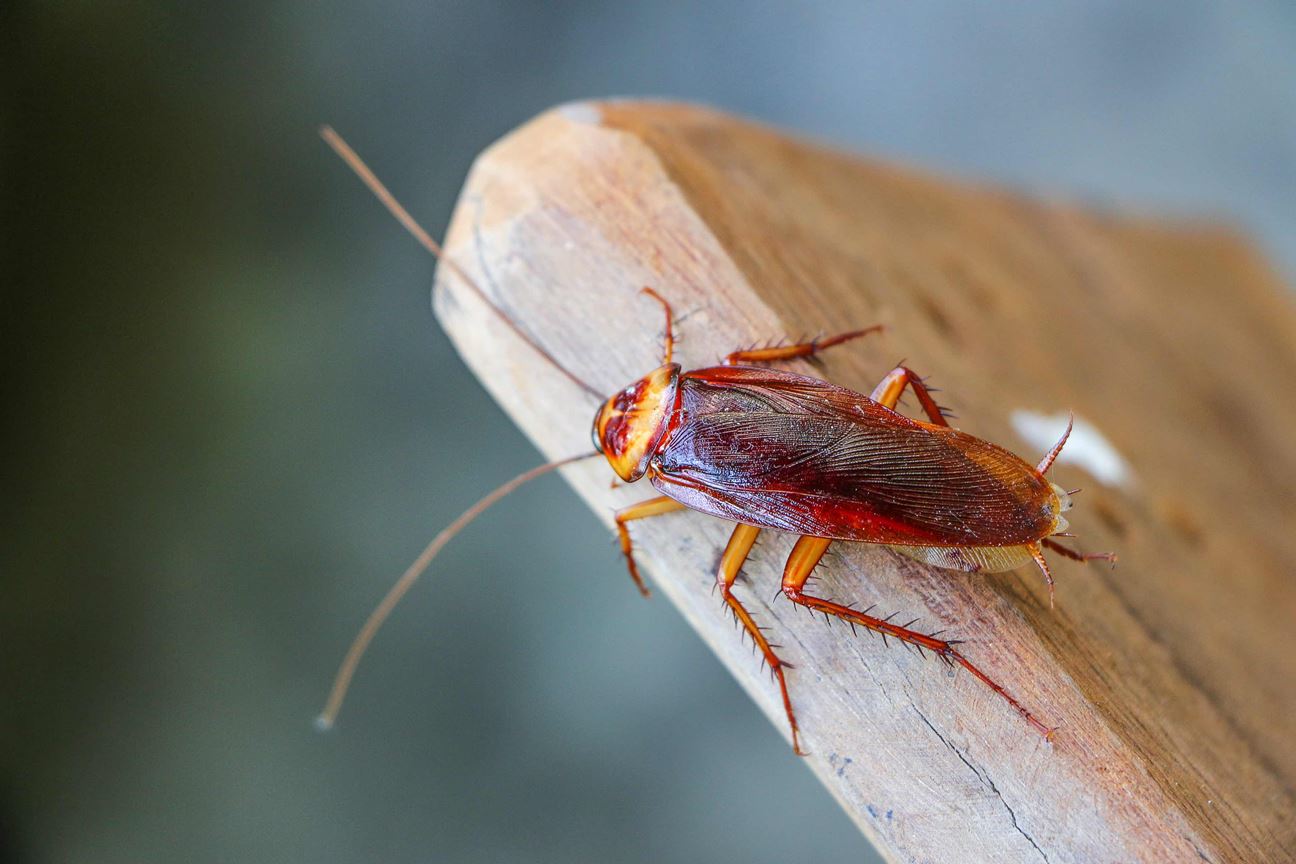
Ew, gross… right? Yes, even the ones that hide beneath the kitchen cabinet that you kill with pesticides have the capability to survive a nuclear bomb. Not all of them, but enough for their populations to survive. Most cockroaches can survive moderate amounts of radiation, and 20% of cockroaches can survive high atom-bomb level radiation (10,000 rads). In fact, cockroaches were found perfectly fine and healthy just 1000 feet away from where the Hiroshima atom bomb was dropped. Another fun fact? They can survive up to a month with no food or water, and also 2 weeks with their heads cut off.
2. Scorpions
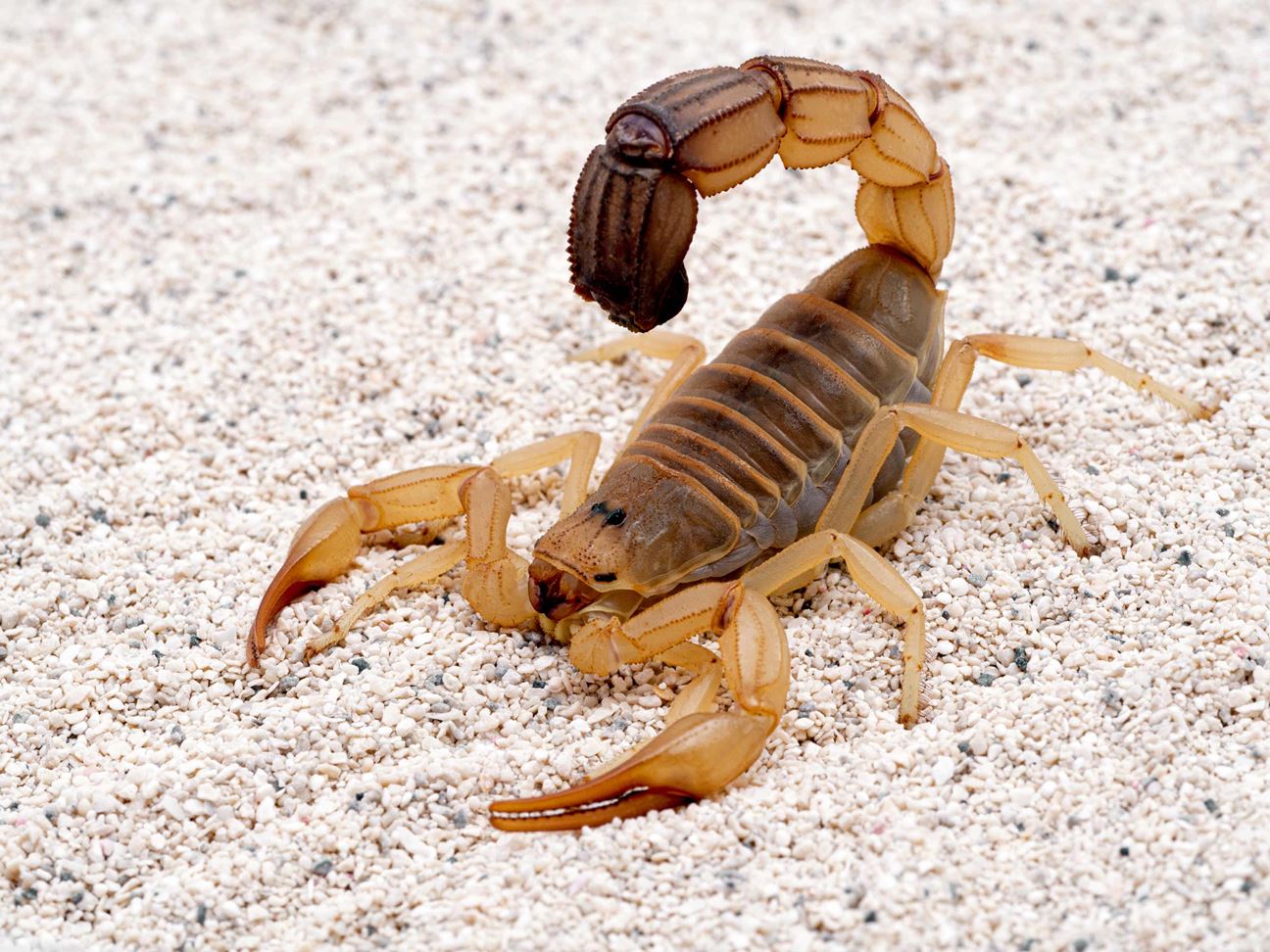
Though there is no rigid study conducted on the number of radiation units scorpions can sustain, it is hypothesised that they can survive nuclear attacks better than most creatures as well. They can already take a very high level of UV radiation, and some even glow in the dark. Another fun fact? They can be completely frozen in ice and then brought “back to life”, kind of like Captain America - another potential protection from radiation. Insect Avengers anyone?
3. Fruitflies
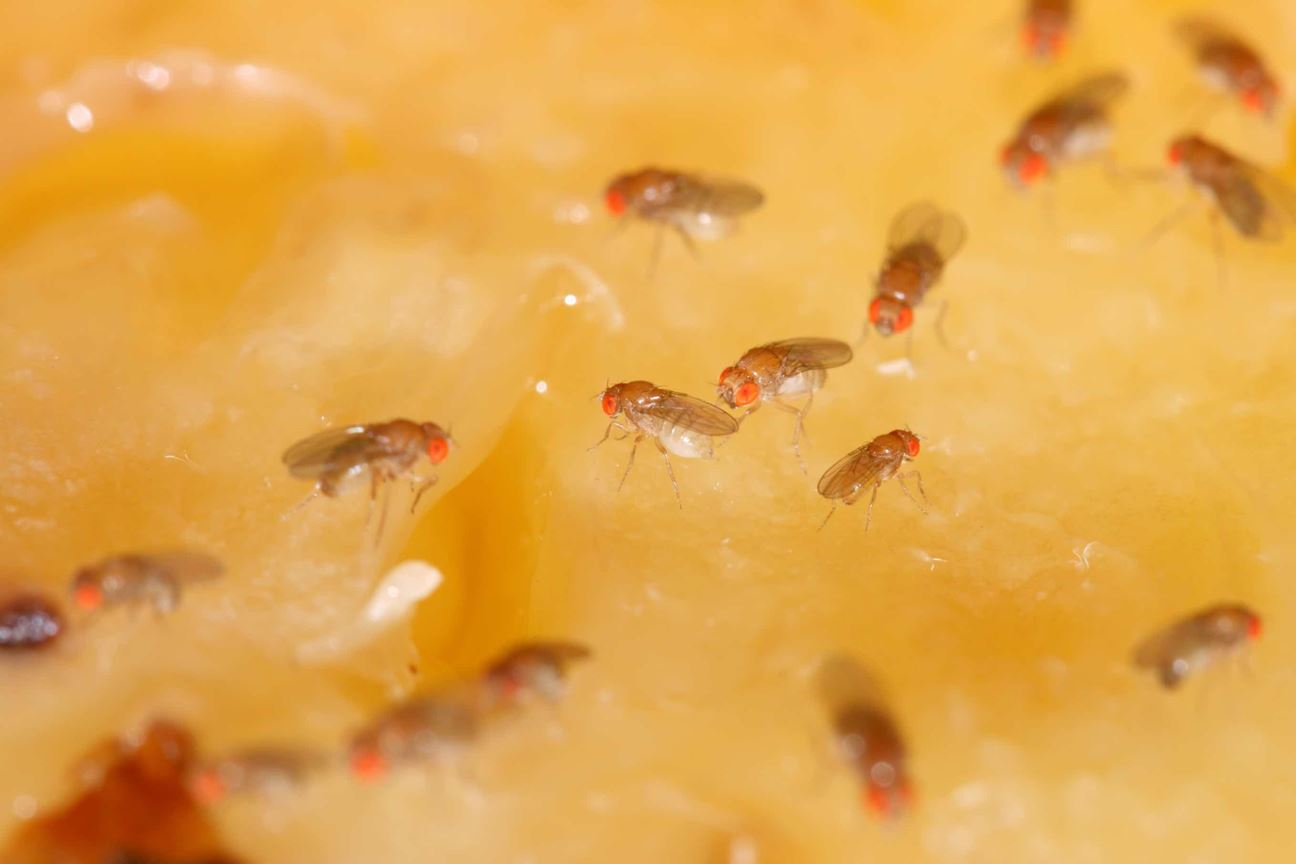
Tiny, and very annoying in summer, the fruitily’s small body is very beneficial to them during radiation exposure. They can survive up to 64,000 rads. Their size prevents them from properly absorbing radiation like larger creatures, and despite their 30-day life cycle, if there was a nuclear bomb, they’re still probably live all 30 days.
4. Braconidae Wasps
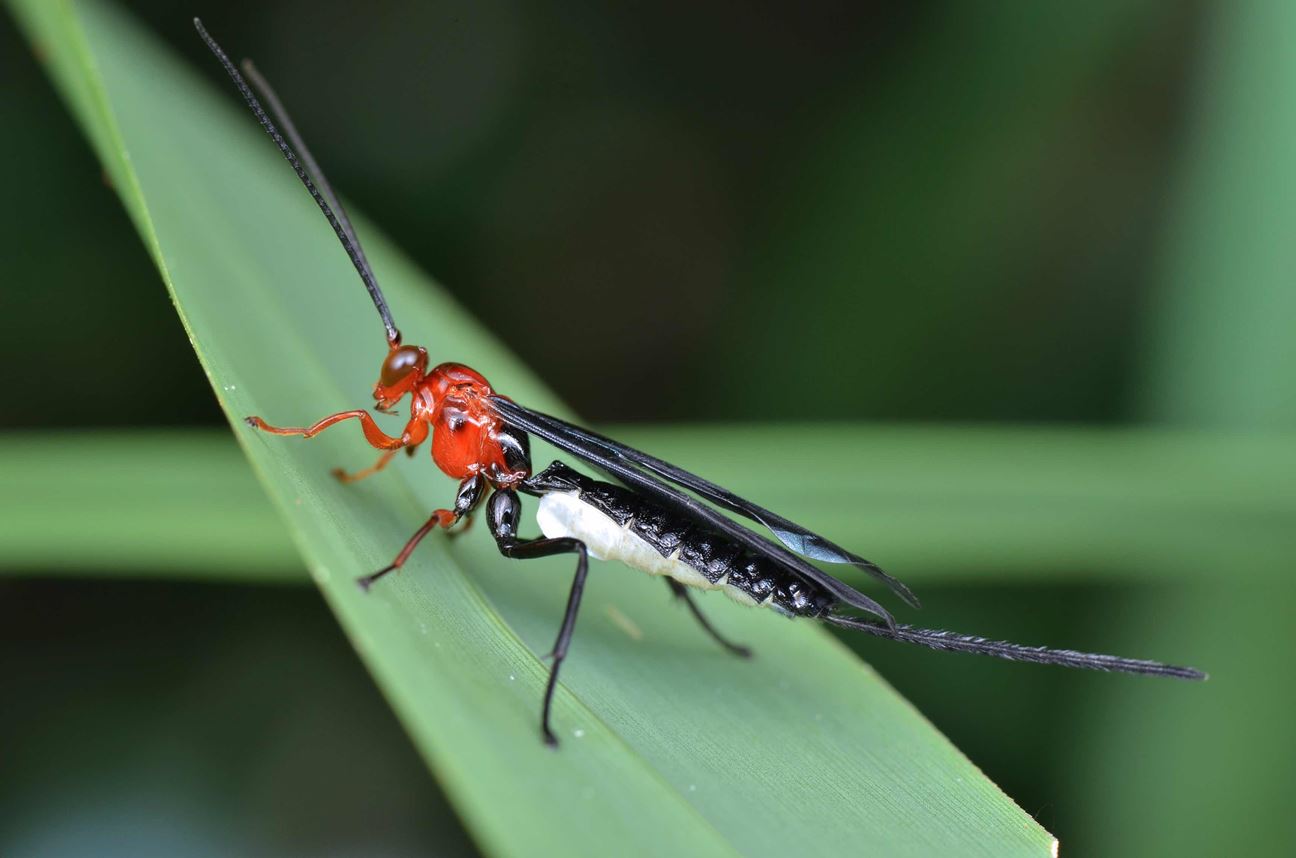
This group of mainly parasitic wasps are some of the toughest creatures alive. Yes, wasps are fun to hate, but they can sustain 300 times more radiation than humans can. All of them. They can withstand a shocking 180,000 rads (the Hiroshima bomb was only 10,000 rads). Another fun fact- entomologists have recently discovered that this group of wasps can be trained to “sniff out” and identify explosiveness and harmful substances. Police-wasps. Another addition to Insect Avengers?
5. Humans

Nope, this was added in as a joke, humans don’t do well around radiation at all, as we all know. Just to highlight how all these bugs and critters are far superior to us in so many ways.
6. The Tardigrade

Also known as the water bear or moss bear, this adorable little microscopic creature is one of the most popular and well-studied extremophiles. Extremophiles are creatures that can survive in really really extreme conditions of pH, water, temperature, and lack of air. Tardigrades have been sent out into the vacuum of space and come back perfectly fine. They can be squished, broiled, and even be killed and stay dead for more than 10 years, and then be brought back to life. They’re amazing and put most creatures to shame. They survive a large amount of radiation and do not absorb much in the first place. Scientists theorise that tardigrades can be sent out onto other planets and start sentient life there.
7. The Mummichog

These amazing, very normal-looking, tiny fish are the only fish to have been sent to space. They can live in the dirtiest, most chemically polluted parts of the ocean and be perfectly fine. They can survive a high amount of radiation through water and salt. They can also modify the inside structure of their bodies and genes when needed to suit their environment. Kind of like Mystique from X-Men, but not as dramatic.
8. Deinococcus Radidurans
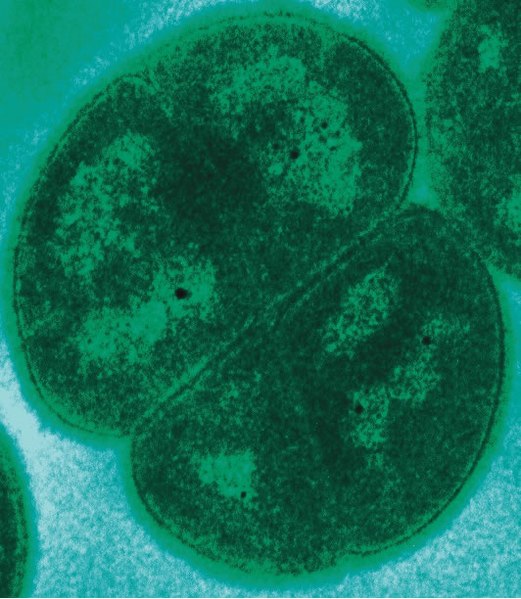
This microscopic bacteria is the most radiation-resistant creature to ever exists. How much radiation can it take? A potentially unlimited amount. Scientists were shocked at the discovery, several years ago, when they discovered that this bacteria immediately self repaired any DNA damage caused by radiation. There are various studies currently looking into this organism to help treat radiation sickness and other related illnesses in humans by harnessing this DNA. Another fun fact? This little bacteria is in the Guinness Book of World Records as the most radiation-resistant living creature to exist.
So there you have it. If there is a large scale nuclear war, the world would probably be full of the above seven creatures just continuing to live as if nothing was wrong. Except that’s not entirely true, because some of these creatures eventually need food and sustenance, and if their source of food is dead, then it’s tough luck, but it’s still amazing that we live calmly alongside these extremophiles, sometimes even accidentally squish them, without thinking “Hey, that little guy could survive an atom bomb, huh!”